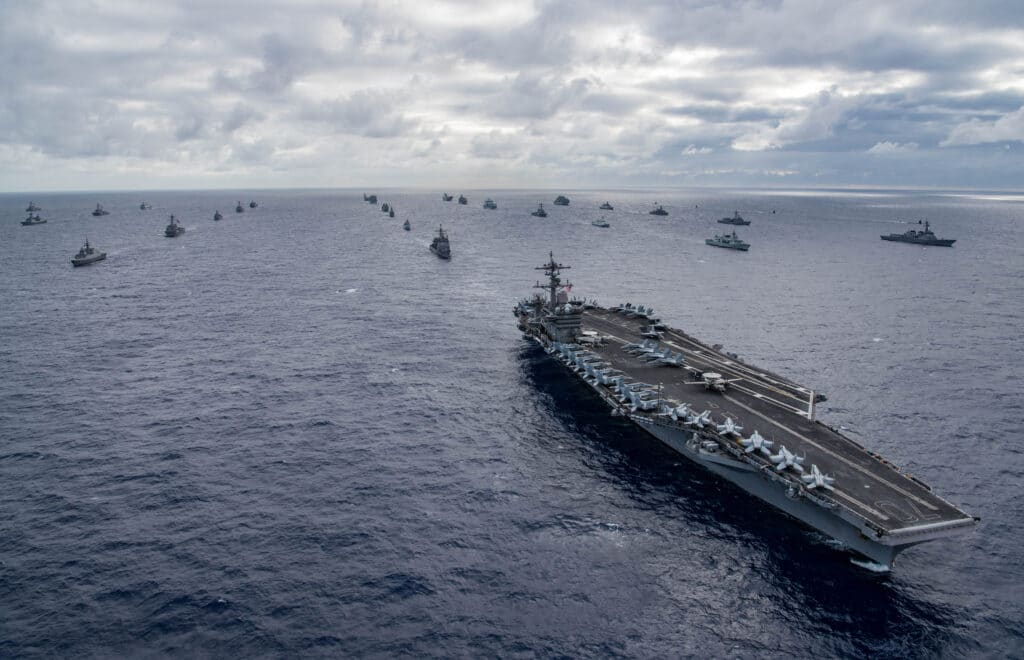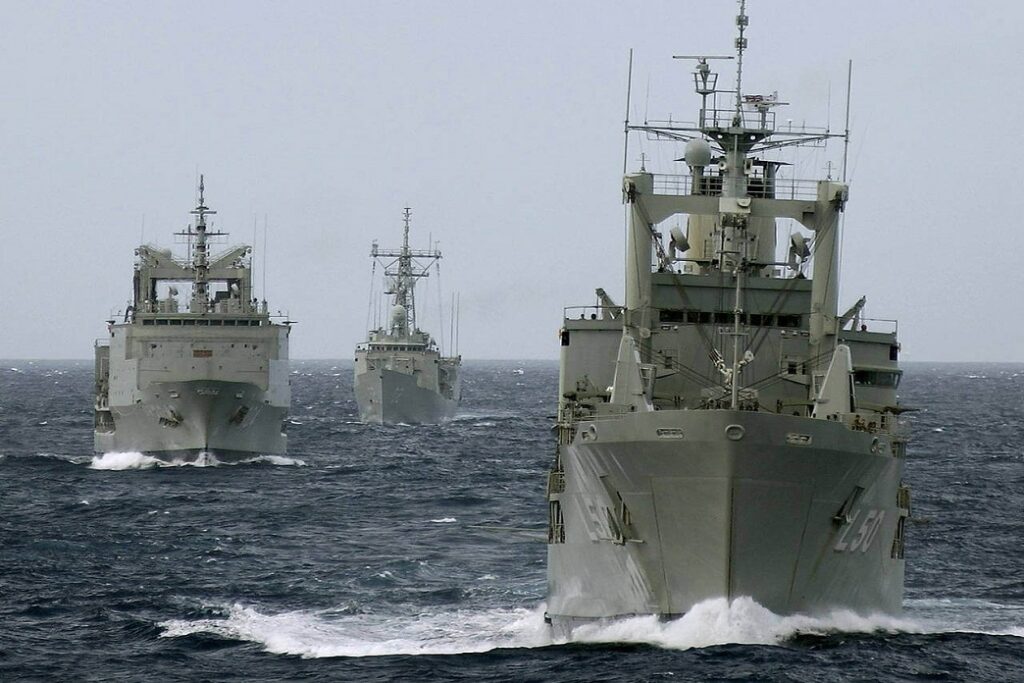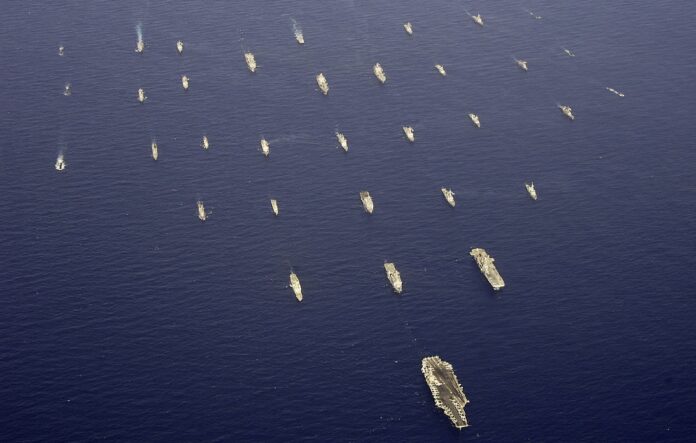In the aftermath of World War I, sea command was gradually replaced with sea control. The use of the term sea control was a result of the gradual realization that the new technological advances, specifically mines, torpedoes, cruise missiles, submarines, and aircraft, made it difficult, even for the stronger navy, to obtain full command of the sea for an extended time over a large part of the theatre. In the modern understanding of the term, sea control is that the stronger side carries out its main operational task in terms of time and place without significant challenge from its opponent. Thus, it may be defined as acquiring and securing the privilege to utilize the maritime space in the period as expected.
The term more accurately conveys the reality that in a conflict between two strong opponents at sea, it is not possible, except in the most limited sense, to control the seas for one’s use entirely or to deny their use to an opponent completely. Thus, it essentially means the ability of one’s fleet to operate with a high degree of freedom in a sea or ocean, but only for a limited time.
Level of the sea control and mediums
In theory, sea control and disputed or contested sea control can be strategic, operational, and tactical in their scale. Strategic sea control pertains to the maritime theatre while controlling a significant part of maritime theatre represents operational sea control. Tactical control refers to control of a maritime combat sector or zone but sometimes can encompass a maritime area of operations. However, in practical terms, the focus should be on strategic or operational sea control of disputed control, not tactical sea control.

Sea control can encompass control of only the surface, subsurface, airspace, or combination of these three physical mediums. In the era of sail, command of the sea was limited to the command of the surface. After the advent of the submarine and aircraft, two other dimensions emerged: subsurface and air space. The degree of overall control of a given sea area depends on the degree of control of each of the three dimensions.
Experience shows that, during the war between two strong opponents at sea, it is difficult to obtain or maintain control of all three physical media (surface, subsurface, and the air) to the same degree or extended times. History provides many examples where one side controlled the sea area to different degrees. For instance, in World War II, the Germans contested Allies’ control of the northern Atlantic almost exclusively with their U-Boats. In contrast, in the English Channel and the North Sea, Allied control was disputed by German’s light forces, mines the Luftwaffe. In the Arctic, Germans denied Allied control with their heavy surface and the Luftwaffe based in northern Norway. The Allies, for their part, tried to obtain control of the Atlantic by using their surface escort and land-based aircraft and, later in the war, by escorting aircraft carriers.
Because of the relatively significant differences in the size of the physical environment and the proximity of the continental landmass, there is a considerable difference between obtaining sea control on the open ocean and in the littorals. Therefore, getting sea control in the littorals is highly dependent on one’s ability to obtain air superiority. Today, no part of the littoral is beyond the reach of land-based attack aircraft. Therefore, land or carrier-based aircraft play a crucial role in obtaining sea control in the littorals.

The purpose of the sea control
In contrast to the war on land, sea control is not obtained by occupying or capturing a particular ocean or sea area. There are no frontlines at sea and no fortified positions by which one can control the territory. Moreover, sea control is not the ultimate objective. By obtaining sea control, the stronger side would create favourable conditions for other essential tasks at sea. In the ancient era, sea mastery played a decisive role in the war on land. Yet even sea mastery was not the end itself and ultimate objective. Command of the sea created a prerequisite for transporting friendly troops, providing support to the army flank, and bringing in vital merchant convoys.
Conclusions
Among the other things, by obtaining sea control, one’s fleet can project power on the opposite shore in the littoral or far away from home’s territory, carry out a diverse task in support of friendly army operating on the coast, pose a threat of and perform amphibious assault on the enemy shore, weaken the enemy military-economic potential through an attack on the enemy’s maritime trade, and defend and protect friendly maritime trade.
Naval warfare differs in some significant respects from the war on land or in the air. These differences should be understood so that one’s naval forces can be employed most effectively. For the stronger navy, obtaining sea control in theater or its significant part should be the first and principal objective in any conflict at sea. The weaker but still relatively strong fleet would initially aim to deny an enemy sea control. In a sizeable narrow sea, it has usually been difficult to obtain permanent and absolute sea control in modern times. Control of typical narrow sea requires close cooperation among all the services of countries’ armed forces.
Check out Naval Library App to learn more about the specifications of the warships, missiles and other assets of the navies.





